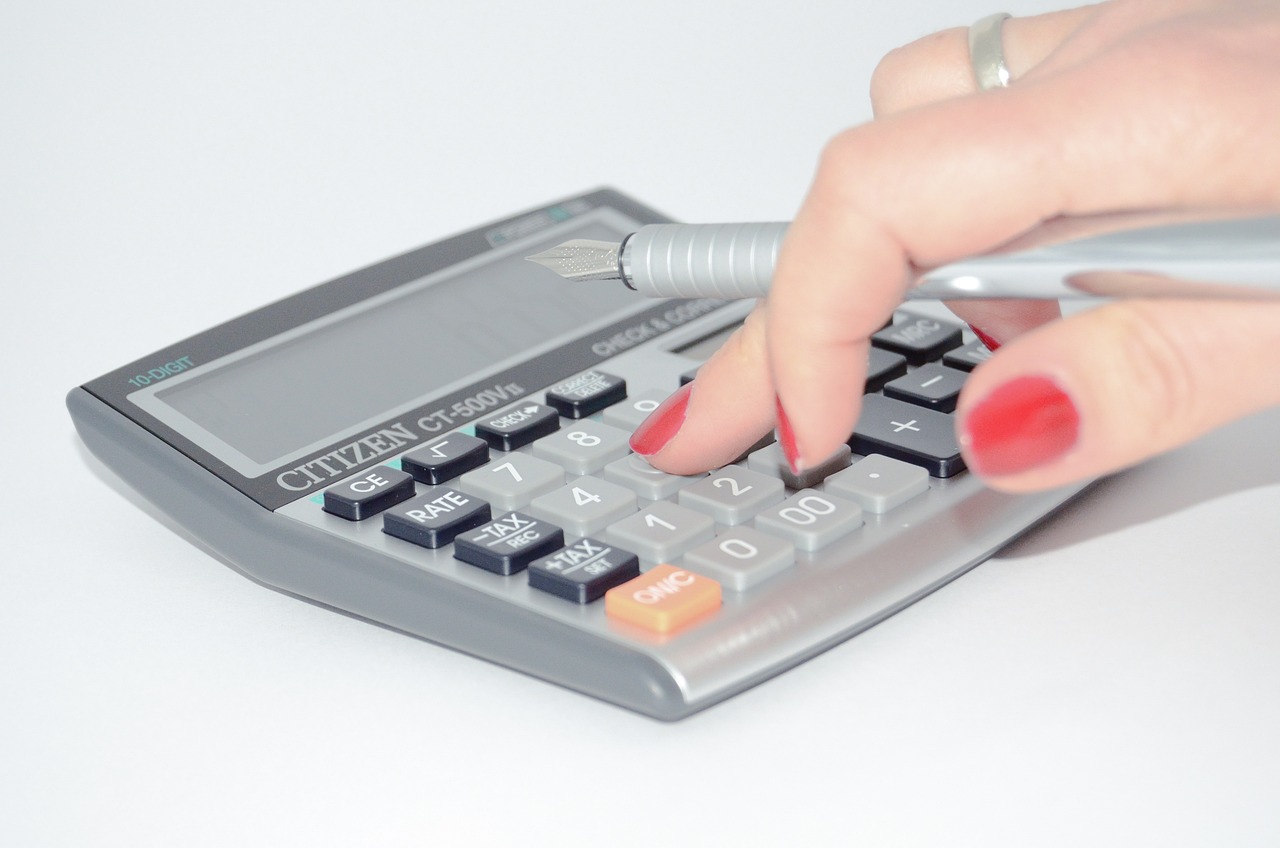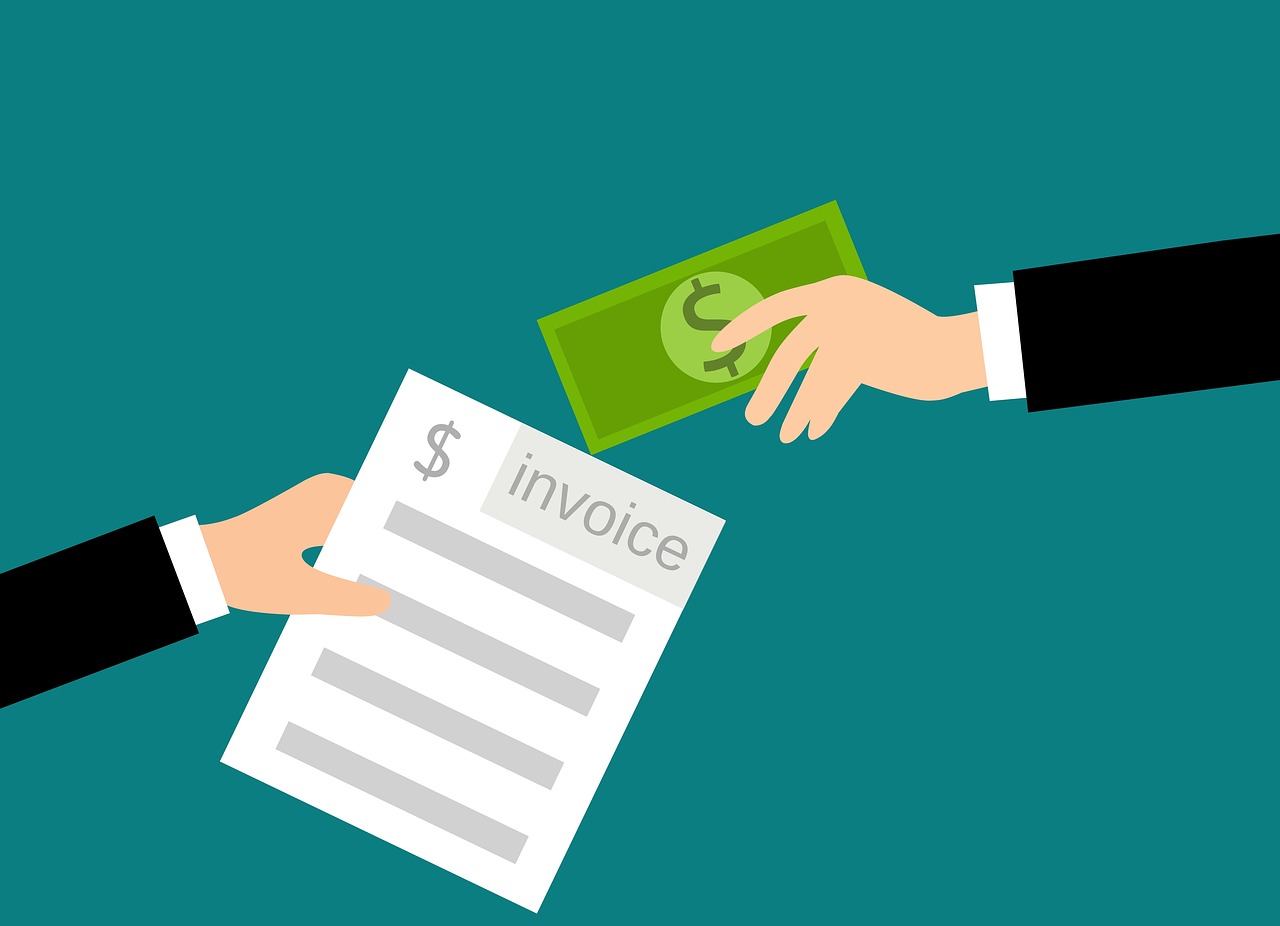How to Write a Strong Invoice Email: 3 Examples/Templates
Navigating the path to effective communication with clients about invoices can sometimes be tricky. By understanding how to write and send a professional invoice email, you can enhance the payment process, making it more streamlined for both you and your clients. This article will provide you with three versatile templates: a polite payment reminder, a thank-you email after receiving payment, and a guide to resolving invoice disputes. Each one aims to improve your invoicing communication for better payment outcomes.
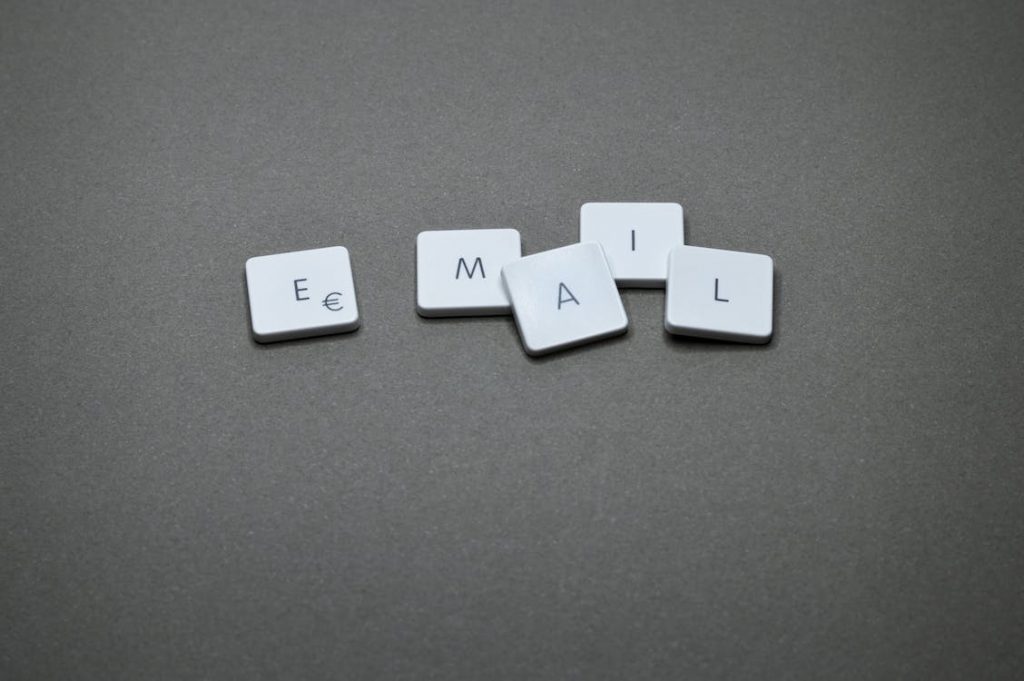
Example/Template for a Polite Payment Reminder
When it comes to reminders, it’s not just about what you ask but also how you ask. A well-crafted reminder can ensure your invoices are at the top of the clients’ to-do list without straining your relationship with them.
Crafting the Subject Line and Opening
The first step to crafting an effective payment reminder is to focus on the subject line and the opening. Your subject line needs to be clear and concise, avoiding any threatening tones. Something like “Friendly Reminder: Invoice #123 Due Date Approaching” is simple yet effective.
As for the email’s opening, remember to start on a positive note. A greeting that includes the client’s name adds a personal touch and sets a friendly tone. Then, directly mention the purpose of the email, which is a payment request for a specific invoice. Our
invoice generator can assist you in keeping track of these specifics.
Structure of the Email
An effective payment reminder email follows a certain structure: a greeting, the body of the email where you mention the overdue invoice and the due date, and a polite sign-off.
- To maintain a respectful tone, consider using phrases such as “We noticed that…”, “Could you please check…” or “We’d appreciate it if…”.
- Let the client know you’re available to discuss any issues they might have regarding the invoice.
- Lastly, end the email with a professional sign-off and your contact information.
A follow-up promise can also be a useful strategy. It keeps the conversation open and ensures that the client is aware of the pending invoice.
Sample Payment Reminder Email
Subject: Friendly Reminder: Invoice #12345 Due Date Approaching
Dear [Client’s Name],
We trust everything is going well with you. We are writing to bring to your attention that Invoice #12345, which was sent to you on [date], is due for payment.
As of today, we have not received the payment for this invoice. We understand that oversights happen, and we wanted to ensure this hasn’t slipped through the cracks.
Could you please check on the status of the payment? If it has already been made, we apologize for the oversight and request you to kindly share the details so that we could update our records.
However, if you have not made the payment yet, we kindly ask you to do so at your earliest convenience. The details of the invoice are as follows:
- Invoice Number: #12345
- Amount Due: $XYZ
- Due Date: [date]
If you have any questions or need further clarification regarding this invoice, please feel free to respond to this email or call us at [your contact number]. We’re here to help!
We appreciate your prompt attention to this matter. We will follow up in a week if we do not receive a response or the payment.
Thank you for your understanding and continued business.
Best regards,
[Your Name] [Your Contact Information]
Example/Template for a Thank-You Email After Receiving Payment
After a successful payment transaction, a crucial step in maintaining excellent communication with your client is to send a thank-you email. It reinforces a positive relationship and ensures that your client feels valued. When drafting these emails, it’s important to express your gratitude genuinely and professionally. With the right tone and words, you can make this communication truly impactful.
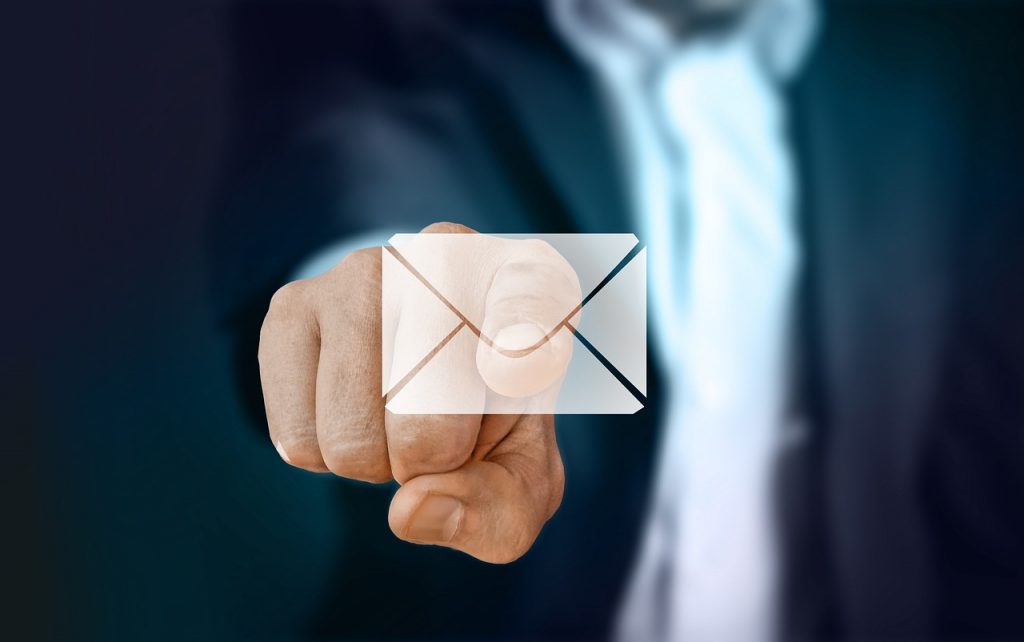
Choosing the Right Tone and Wording
Acknowledging a received payment isn’t just a courtesy—it’s an opportunity to strengthen your business relationship. Therefore, the tone and wording of your email are critical. A professional yet friendly tone ensures your client feels appreciated. Use polite phrases and words that convey your gratitude and maintain a level of professionalism.
Format of the Thank-You Email
The format of a thank-you email is pretty straightforward—greeting, body, and sign-off. Here are some tips on what to include in each:
- The greeting should be personalized with the client’s name.
- The body of the email should clearly state the purpose, i.e., to thank the client for their payment.
- Express your gratitude and appreciation, then mention the details of the payment received.
- Conclude the email with a professional sign-off.
Remember to use our
invoice templates to ensure all payment details are accurate.
Sample Thank-You Email
Subject: Payment Received for Invoice #12345—Thank You!
Dear [Client’s Name],
We are writing to acknowledge receipt of your payment for Invoice #12345. The transaction was successfully completed on [date], and we appreciate your promptness.
Your business is crucial to us, and we want to express our deepest thanks for your support. We truly value our relationship and your commitment to on-time payments.
We look forward to continuing our business relationship and providing you with the best service possible. If there are any further queries or requirements, please feel free to send an email or call us at [your contact number]. We’re here to help!
Thank you once again for your business and trust.
Best regards,
[Your Name] [Your Contact Information]
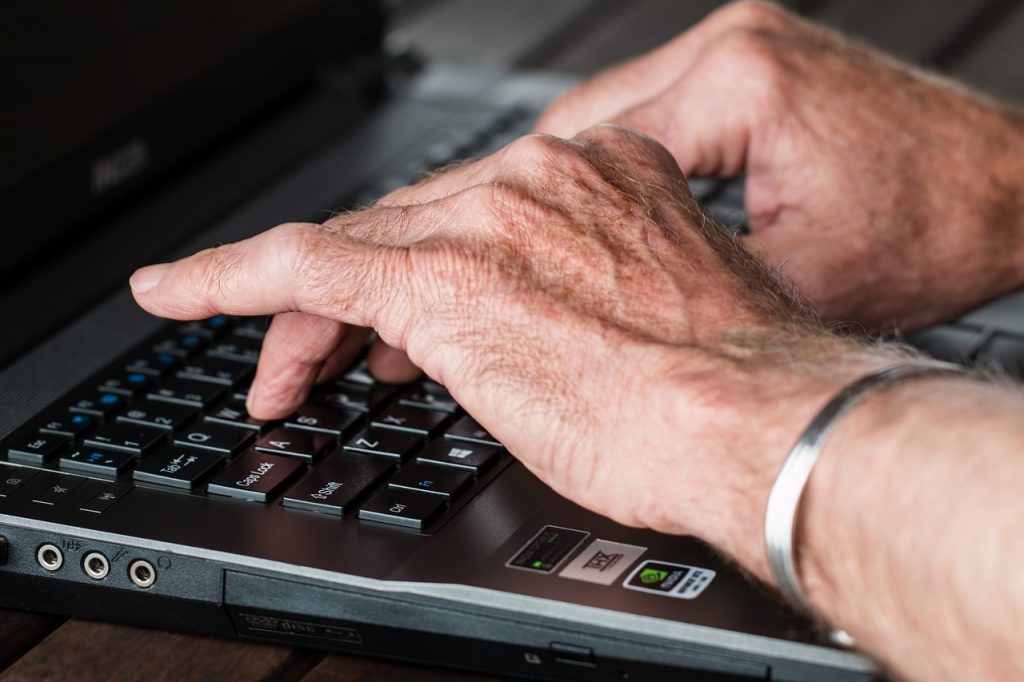
Example/Template for an Invoice Dispute Resolution Email
While everyone hopes for a smooth invoicing process, there might be times when a client disputes an invoice. When such a situation arises, your communication needs to be careful and considerate. It’s crucial to keep the discussion open, amicable, and focused on finding a resolution. Let’s explore how to craft a professional and effective dispute resolution email.
The Email Structure
A dispute resolution email, like any other professional email, follows the basic structure of greeting, body, and sign-off. Here’s what to include in each:
- Start with a personalized greeting.
- The body of your email should acknowledge the dispute, demonstrate understanding, and propose steps toward resolution.
- Conclude the email with a professional sign-off, assuring the client of your cooperation in resolving the issue.
You can refer to
our Google Docs invoice template to review all the invoice details and ensure accurate communication.
Sample Dispute Resolution Email
Subject: Addressing Your Concern About Invoice #12345
Dear [Client’s Name],
We hope you are doing well. We have received your message concerning Invoice #12345, and we want to assure you that your satisfaction is our priority.
We understand that you dispute the charges for [specific service/product]. We apologize for any confusion and appreciate your patience as we work to clarify this matter.
Upon reviewing your concerns, we propose the following steps to resolve this issue:
- Re-evaluate the disputed charges based on the contract/agreement.
- Share a detailed breakdown of the disputed charges for your understanding.
- Arrange a call or meeting to discuss the dispute further if required.
We are committed to resolving this dispute to your satisfaction. Please let us know if these proposed steps align with your expectations or if there are other measures you’d like us to consider.
Thank you for your understanding and cooperation in this matter. We appreciate your business and look forward to resolving this issue promptly.
Best regards,
[Your Name] [Your Contact Information]
Mastering the Art of Invoice Communication
As we have journeyed through the art of invoice communication, one thing is evident: Whether you send a polite payment reminder, express gratitude for a received payment, or resolve an invoice dispute, the way you communicate is key. When you write the right email, with a clear subject and respectful tone, it can be a game-changer, not only ensuring smooth financial transactions but also strengthening the ties with your clients.
These crucial interactions can be greatly enhanced with the use of the right tools and resources. As demonstrated throughout our discussion, our offerings at
Saldo Invoice are designed to facilitate and improve this very process.







